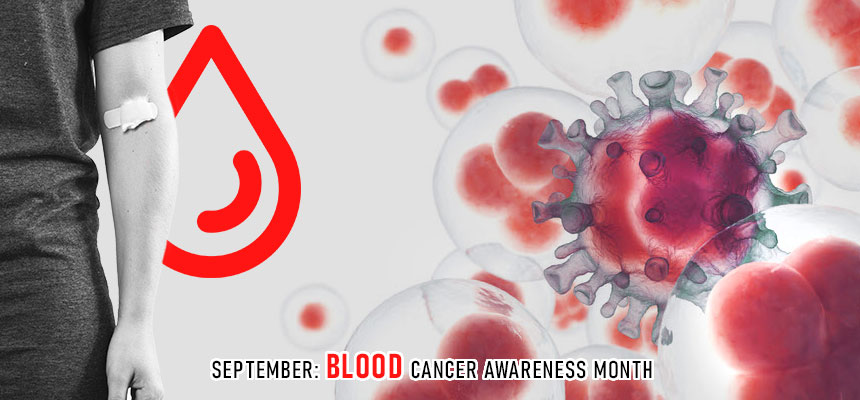
There are various tests that can be done to help diagnose a patient with leukemia. The following three methods are the most common:
1. Physical Examination - Often used to check for lumps, abnormalities, or certain leukemia symptoms that may be present in a patient. This examination will usually include a thorough revision of the patient's medical history, family history, and any risk factors that may exist specific to the patient. After the examination has been completed, it is usual for blood testing to follow.
2. Blood Tests - Such as CBC (complete blood count) tests can detect leukemia by determining the number of both red and white blood cells, together with the platelets (the small, round, thin blood cells that help the blood to stop flowing from a cut by becoming thick and sticky), the number of red blood cells that make-up the blood sample, and the amount of hemoglobin that consists in the blood.
- A peripheral blood smear (a thin layer of blood [stained] smeared on a microscope slide which allows for the cells to be examined microscopically) to determine the presence of "blast cells," which will reveal both the type and quantity of white blood cells that exist, may also be used.
- A cytogenetic analysis of the blood may be used to check for any changes in the chromosomes of the lymphocytes, together with other blood tests to see how well the body's organs are functioning.
3. Biopsy - A fine needle is usually inserted into the hip or breast bone to remove either a sample of bone or bone marrow for microscopic examination in a laboratory (bone marrow aspiration [most common]). The sample is usually examined by a pathologist for any signs of cancerous cells.
Other forms of biopsy may include:
(a) Lymph node biopsy - depending on the type of leukemia suspected (a lymph node is removed for examination by a pathologist).
(b) Lumbar Puncture/Spinal Tap - is where spinal fluid is removed from between the vertebrae in the spine, for examination by a pathologist.
Other procedures during the biopsy process may include:
CT Scans, X-rays, MRI's (Magnetic Resonance Imaging), and Ultra Sound Scans.
No Comments To Display